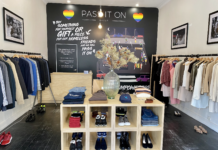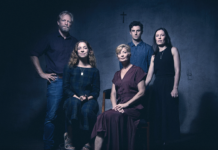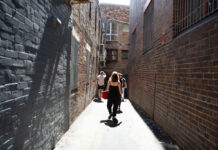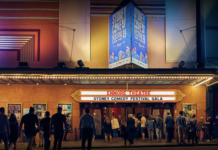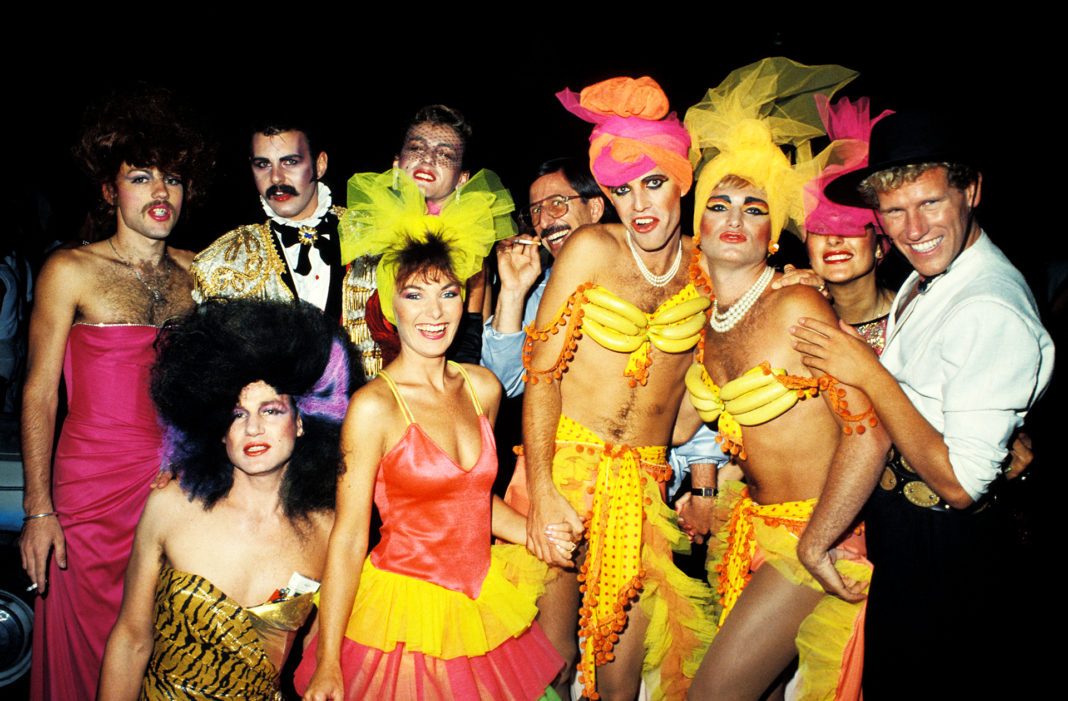This year’s Mardi Gras is an important milestone which enables the LGBTQI community to measure how far it has come, and also how far it has to go. Lachlan Colquhoun reports.
Terese Casu admits that in planning for Mardi Gras this year, organisers had a Plan A and a Plan B, dependent on the outcome of the Marriage Equality Plebiscite.
The Mardi Gras chief executive said that in the event of a successful “No” vote, the whole mood and tenor of the parade would have been very different.
“There was one plan without cake, and one with cake,” she said.
“It would have certainly been a stronger, and angrier, political message if the ‘No’ vote had succeeded.”
With ‘Yes’ triumphant and marriage equality now a legislative reality, the mood was lifted and the parade plans changed for the better.
“Many people changed their floats accordingly,” said Casu.
“We had marriage floats, and there were Indian Bollywood themed floats which were wedding based.”

“Yes we have marriage equality but there are so many things yet to achieve. Let’s celebrate what we have but let’s not stand still.”
– Terese Casu
The fact that Plan A (based on a ‘Yes’ victory) triumphed over Plan B plays into the theme of ‘Evolution’ which marked the 40th anniversary of Mardi Gras.
It enabled the LGBTQI community to assess the progress made since the first event in 1978, which culminated in arrests and police action and prompted an official apology two years ago.
Not that Terese Casu believes the struggle for social justice is over. Far from it.
“Yes we have marriage equality but there are so many things yet to achieve,” she says.
“Sure, let’s celebrate what we have but let’s not stand still. There are still a lot of people in community who haven’t experienced equality and may not, and of course marriage is not an issue for everyone.”
So how does she think Mardi Gras will celebrate its half century, in ten years time.
“I think it will be all about family by then,” she says.
“The Rainbow Families event has been part of Mardi Gras for a few years now, and in ten years time I see a much greater family orientation as more children come into community.”
One key event in Mardi Gras this year was the Museum of Love & Protest exhibition at the National Art School, which ran up until March 4.
The exhibition was a pilot for what a permanent museum for Mardi Gras might look like, if one were ever to be created.
It took a historical and archival look at the 40 year history of Mardi Gras through a unique collection of objects, from posters and photographs through to party dresses.
There was also a replica of the famous Captain Cook costume which Malcolm Cole wore in the 1988 Mardi Gras parade, combining a protest for gay rights with indigenous outrage at the Bicentennial Celebrations.
The exhibition was an important part of honouring the spirit of the “78ers” whose original spirit of defiance helped create the event.

“Love and protest were part of the original day in 1978, the day had both,” says Susan Charlton, the exhibition’s curator.
“The two things have always existed as part of Mardi Gras and there is always part and protest going on together.”
Charlton says curating the exhibition was like “being invited to do a float for Mardi Gras about 40 years of history.”
“It was also a way of honouring the people who have been collecting this material,” says Charlton.
“I’ve visited so many people with rooms in their house where if you open the door all these amazing dresses pop out, so I’ve been looking at decades of posters, videos and DVDs and lanyards from all the parties.
“Its like a gift from the community and one that has gone back to the community.”
Let’s hope that from this exhibition a more permanent fixture of remembrance and celebration of Mardi Gras might come to fruition.



